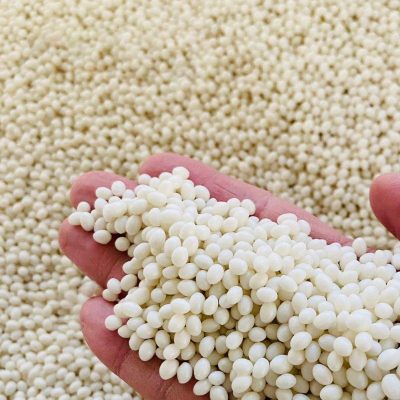What Type of Edge Banding Glue Should You Use?
Edge banding glue is an essential component in the furniture manufacturing process. It secures the edge banding material to the substrate, ensuring a polished and durable finish. Choosing the right type of glue can make a significant difference in the quality and longevity of the final product. Let’s explore the different types of edge banding glue and their key characteristics.
Types of Edge Banding Glue
- EVA (Ethylene-Vinyl Acetate) Glue
- Overview: EVA glue is the most commonly used adhesive for edge banding due to its affordability and ease of application. This hot-melt adhesive is versatile and works with a wide range of materials.
- Advantages:
- Quick bonding and drying time.
- Suitable for standard woodworking applications.
- Works well with wood veneer, PVC edge banding, and melamine edge banding.
- Limitations:
- Lower resistance to heat and moisture compared to other adhesives.
- Not ideal for outdoor or high-stress environments.

- PUR (Polyurethane Reactive) Glue
- Overview: PUR glue is a more advanced adhesive that offers superior bonding strength and resistance to environmental factors. It chemically reacts with moisture in the air to create a durable, permanent bond.
- Advantages:
- High resistance to heat, water, and chemical exposure.
- Long-lasting bond that outperforms EVA glue.
- Can be used on a variety of substrates, including MDF, plywood, and solid wood.
- Limitations:
- More expensive than EVA glue.
- Requires careful handling due to its reactive nature.
- Hot-Melt Glue
- Overview: Hot-melt glue is widely used in automated edge banding machines for its efficiency and convenience. It is applied in its molten state and quickly solidifies to form a bond.
- Advantages:
- High-speed application ideal for large-scale production.
- Minimal waste and mess.
- Compatible with various materials, including plastic and wood-based edge banding.
- Limitations:
- Limited resistance to extreme conditions.
- May require reapplication in areas exposed to high moisture.
- Contact Adhesive
- Overview: Contact adhesive is a solvent-based glue often used in manual edge banding applications. It bonds instantly when two surfaces come into contact, eliminating the need for clamping or extended drying times.
- Advantages:
- Suitable for curved or irregular edges.
- No heating equipment required.
- Provides flexibility in small-scale applications or repairs.
- Limitations:
- Less efficient for high-volume production.
- Can emit strong odors during application.
Key Features to Look for in Edge Banding Glue
When evaluating edge banding glue options, consider the following features:
- Bond Strength: Ensure the glue provides a secure attachment to prevent peeling or detachment over time.
- Compatibility: Check that the adhesive works with your specific edge banding material and substrate.
- Environmental Resistance: For projects exposed to moisture, heat, or sunlight, opt for adhesives like PUR glue for enhanced durability.
- Ease of Application: Depending on your equipment and scale of production, choose a glue that aligns with your operational efficiency.
My Opinion: Why Glue Choice Matters
In the world of edge banding, the adhesive you choose plays a pivotal role in defining the quality and aesthetics of the finished product. For most standard applications, EVA glue offers a balance of performance and affordability. However, as consumer demand for durability and environmental resistance grows, adhesives like PUR glue are becoming indispensable, particularly for high-end furniture and outdoor applications.
From my perspective, manufacturers who invest in higher-quality adhesives can differentiate their products and build a reputation for reliability. By experimenting with newer formulations and keeping up with industry trends, edge banding manufacturers can stay ahead of the curve and deliver superior solutions to their clients.
Choosing the right edge banding glue is not just a technical decision; it’s a strategic one. Each type of adhesive has its unique strengths, and understanding these will help you achieve exceptional results in your manufacturing processes.

